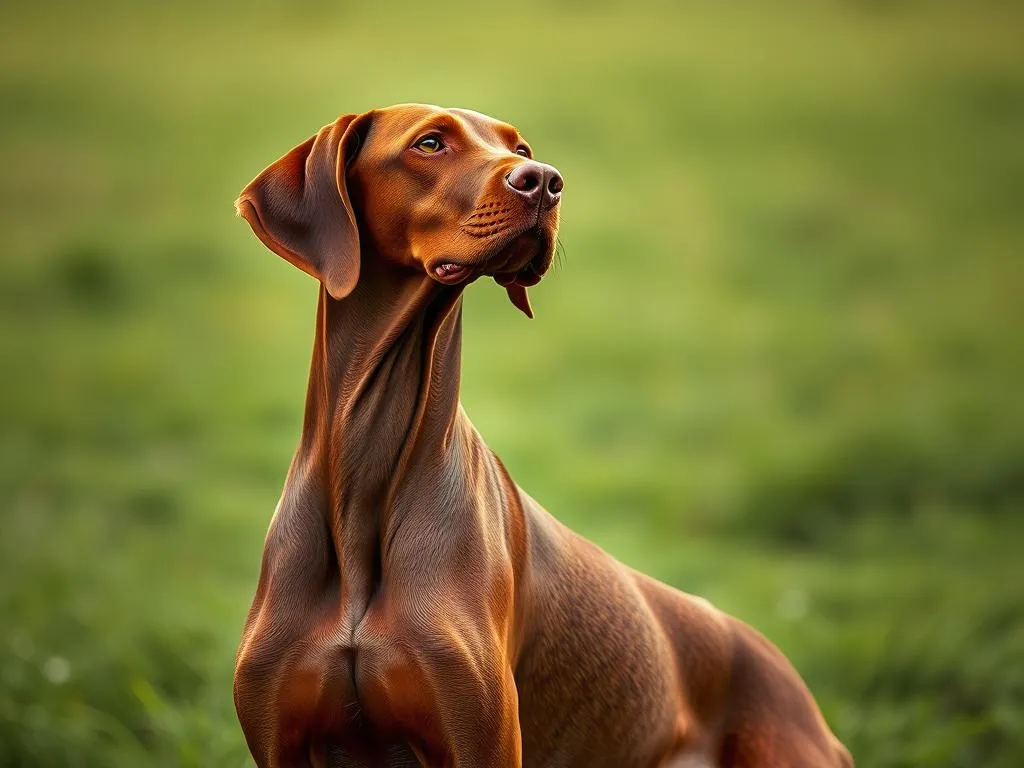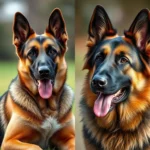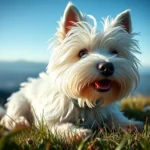
Introduction
Understanding different dog breeds is crucial for anyone considering adding a furry friend to their family. Each breed comes with its unique set of characteristics, temperaments, and care requirements. From companionship to work and sports, dogs have played significant roles in human lives for centuries.
One breed that stands out for its unique qualities is the Vizsla. Known for its striking appearance and affectionate nature, the Vizsla has gained popularity as a beloved family pet. With its origins steeped in history and a personality that captivates many, this breed deserves a closer look.
History of the Vizsla
Origins of the Breed
The Vizsla has its roots in Hungary, where it was bred as a hunting dog. Its name translates to “pointer” in Hungarian, reflecting its primary role in assisting hunters. The breed was favored by nobility, often seen accompanying aristocrats during hunting expeditions.
Historically, Vizslas were valued not only for their hunting skills but also for their loyalty and companionship. They were bred to work closely with humans, making them exceptional at tracking and retrieving game.
Development Over Time
As the centuries passed, the Vizsla evolved, adapting to various hunting needs. However, the breed faced significant challenges during the World Wars, which drastically reduced its population. Despite these setbacks, dedicated breeders worked tirelessly to revive the breed, leading to the modern Vizsla we know today.
In recent years, the Vizsla has gained recognition not only in Hungary but also worldwide, becoming a popular choice among dog lovers for its versatility and loving disposition.
Physical Characteristics
Size and Weight
The Vizsla is a medium-sized breed, typically standing between 21 to 24 inches tall at the shoulder. Males usually weigh between 55 to 65 pounds, while females are slightly lighter, weighing around 45 to 55 pounds. This size makes them comparable to other popular breeds like the Labrador Retriever and German Shorthaired Pointer.
Coat and Colors
One of the distinguishing features of the Vizsla is its short, sleek coat, which is both beautiful and functional. The coat is typically a solid golden rust color, though some may have lighter or darker shades. This coat not only enhances their aesthetic appeal but also serves to protect them during outdoor activities.
Distinctive Features
The Vizsla is characterized by its long, droopy ears and expressive eyes that exude warmth and intelligence. Their athletic build and graceful movements make them a joy to watch, whether they’re sprinting through a field or lounging at home. These features are essential for breed identification and contribute to the breed’s overall charm.
Temperament and Behavior
General Temperament
Vizslas are known for their affectionate and energetic nature. They are highly loyal and often form deep bonds with their families, making them excellent companions. Their friendly disposition makes them suitable for families, singles, and active individuals alike.
Socialization Needs
Early training and socialization are crucial for the Vizsla to develop into a well-rounded adult dog. Without proper exposure to various environments, people, and other animals, they may become shy or overly energetic. To effectively socialize a Vizsla, introduce them to diverse situations gradually, using positive reinforcement to encourage confidence.
Common Behavioral Traits
This breed is highly energetic and requires daily exercise to stay healthy and happy. Vizslas thrive on physical activity, so regular walks, runs, and playtime are essential. Their affectionate nature means they often seek human interaction, making them prone to separation anxiety if left alone for extended periods.
Health and Care
Common Health Issues
Like all breeds, the Vizsla is susceptible to certain health issues, including hip dysplasia and certain skin conditions. Regular veterinary check-ups, a balanced diet, and an active lifestyle can help mitigate these risks. Being aware of these potential issues is essential for any prospective owner.
Dietary Needs
A high-quality diet is essential for the health of a Vizsla. Depending on their age and activity level, they may require different nutritional needs. Adult Vizslas benefit from a diet rich in protein and healthy fats, while puppies may need specialized puppy food to support their growth.
Exercise Requirements
Daily exercise is non-negotiable for a Vizsla. They thrive on vigorous activities, with at least an hour of exercise recommended each day. Activities like running, hiking, and playing fetch are ideal for keeping them physically stimulated. Additionally, mental stimulation through training and interactive toys is equally important for their overall well-being.
Training and Obedience
Training Basics
Obedience training is vital for Vizslas to ensure they are well-behaved and responsive. Using positive reinforcement techniques, such as treats and praise, can help them learn commands effectively. Consistency and patience are key, as Vizslas can sometimes exhibit stubbornness.
Common Commands to Teach
Essential commands to teach a Vizsla include sit, stay, come, and heel. Reinforcing these commands through regular practice helps establish good behavior. Short training sessions that are fun and engaging will keep their attention and enthusiasm high.
Addressing Behavioral Problems
Common behavioral issues with Vizslas may include excessive chewing or barking, particularly if they are bored or anxious. Providing plenty of exercises and mental challenges can help mitigate these problems. If issues persist, consulting with a professional trainer may be necessary to address specific concerns.
Living with a Vizsla
Ideal Living Conditions
Vizslas do best in active households, preferably with access to a yard where they can run and play. They thrive in environments where they can engage in physical activities regularly. Apartment living can work, but it requires a dedicated commitment to daily exercise.
Compatibility with Other Pets
Generally, Vizslas can coexist peacefully with other dogs and pets, especially when socialized from a young age. Introductions should be handled carefully, allowing the Vizsla to acclimate to new companions gradually. Monitoring interactions is essential to ensure a harmonious living environment.
Family Dynamics
Families with children often find Vizslas to be wonderful companions. Their playful and gentle nature makes them compatible with kids, but supervision is always recommended during playtime. Teaching children how to interact safely and respectfully with the dog can foster a positive relationship.
Fun Facts about Vizslas
Unique Trivia
Did you know that Vizslas were once nearly extinct? Their revival is a testament to the dedication of breeders who recognized their value as companions and working dogs. Additionally, they are known for their unique “velcro” personality, meaning they love to be close to their owners at all times.
Famous Vizslas
The Vizsla has made notable appearances in pop culture, including films and television shows. Their striking appearance and loyal nature have captured the hearts of many. Celebrities have also embraced the breed, showcasing their love for Vizslas on social media, further boosting the breed’s popularity.
Conclusion
The Vizsla is a remarkable breed that combines beauty, loyalty, and an energetic disposition. Understanding their unique traits, care requirements, and history can help potential owners appreciate what it means to welcome a Vizsla into their home.
For those considering adding a Vizsla to their family, it’s essential to commit to their exercise and socialization needs. With the right environment and training, a Vizsla can become a treasured member of any household, bringing joy and companionship for years to come.









